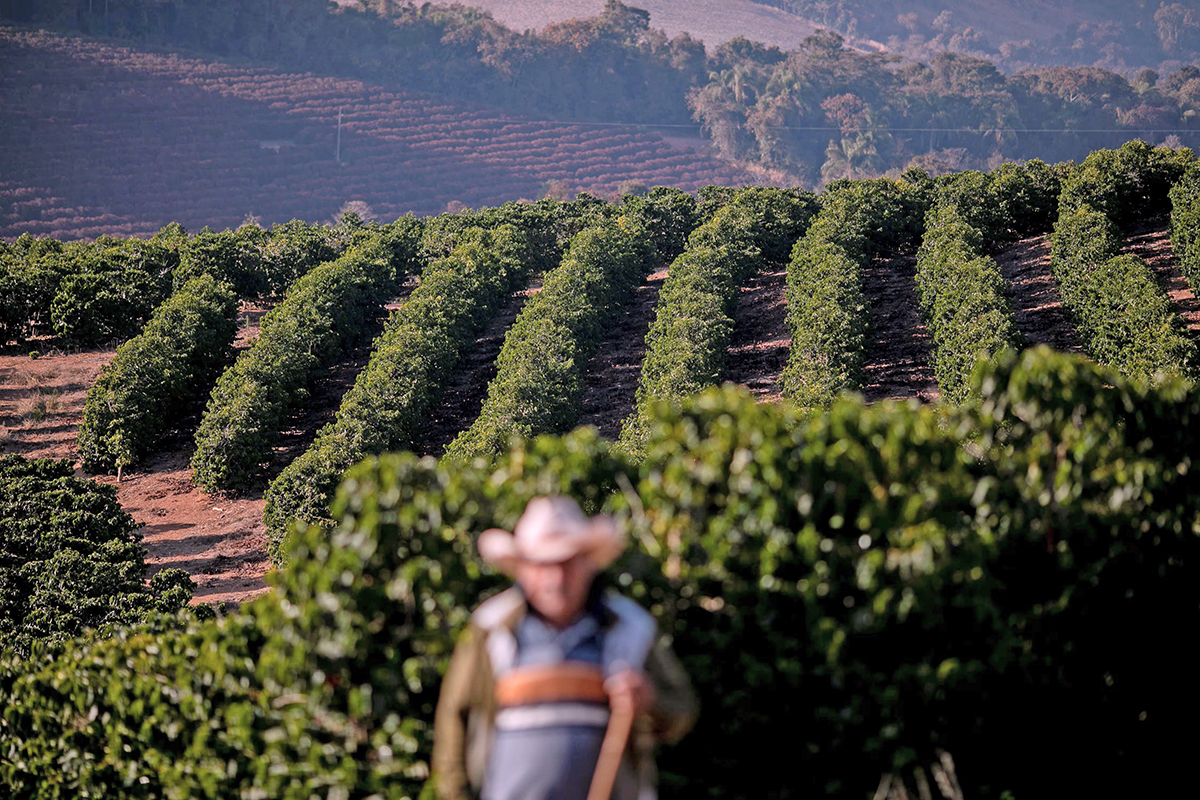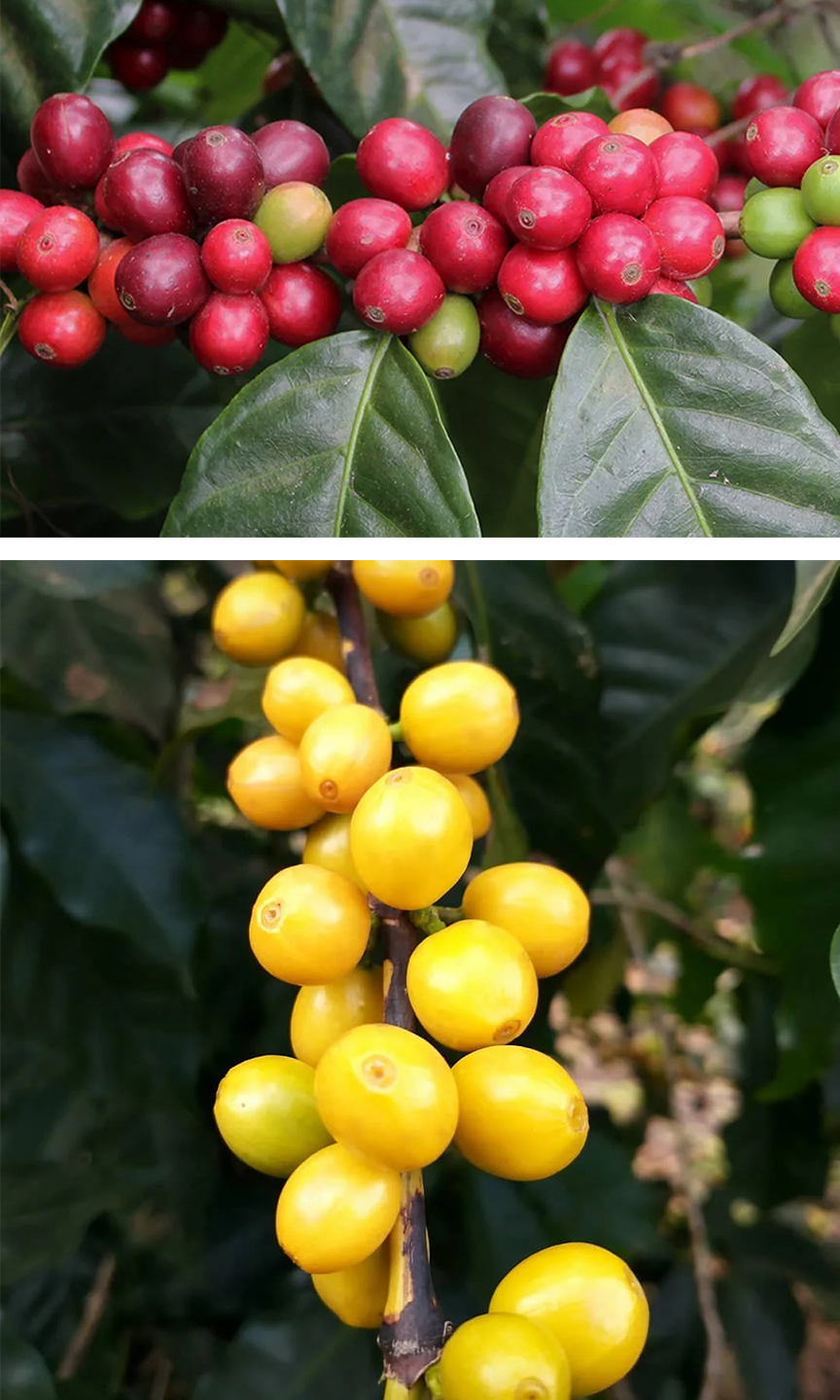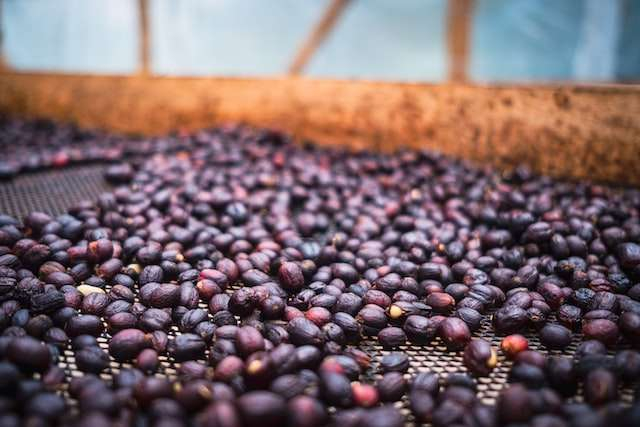









Brazil
Cup Notes: Pecan, Dark Chocolate, Honey, Mandarin
Red Ruby is a smooth, well-balanced Brazilian coffee, highlighting the classic profile of nuts and chocolate. Exceptionally sweet and clean, it delivers clarity, warmth and effortless elegance in a cup, with a delicately citrus fruity finish.
Suggested for espresso and filter
when we roast
We freshly roast to order all coffees on Monday, Wednesday and Friday (excluding national holidays), and ship the same day! Cut-off time is 11:59pm (UTC+1) of the day before the roast day. *We only ship whole beans*
This coffee comes from Mantiqueira de Minas, a renowned region in Minas Gerais, Brazil. Unlike the large, highly mechanized farms typical of much of Brazil, the farms here are small, traditional, and family-run.
Thanks to its ideal growing conditions and long-standing reputation for excellence, Mantiqueira de Minas continues to produce some of the country’s finest specialty coffees.

RED & YELLOW CATUAÍ
Catuaí is a cross between highly productive Mundo Novo and compact Caturra, bred by the Instituto Agronomico (IAC) of Sao Paulo State in Campinas, Brazil in 1949. It was released in 1972 after pedigree selection (selection of individual plants through successive generations) and is widely cultivated up to this date.
Outside of Brazil, it was first introduced in Guatemala in 1970, even before the release in Brazil. Currently Catuaí accounts for around 20% of the country's coffee total production.
It is also widely cultivated in Honduras, where it was introduced in 1979 after extensive tests by Instituto Hondureño del Café (IHCAFÉ). It was released commercially in 1983, after IHCAFÉ selected two lines for planting. In Honduras today, Catuaí accounts for nearly half of the Arabica coffee in cultivation. Researchers at IHCAFÉ are actively engaged in breeding with Catuaí and creating hybrid crosses between Catuaí and Timor Hybrid lines.
Catuaí is also economically important in Costa Rica, where a yellow-fruiting Catuaí was introduced in 1985, and its descendants have spread widely through the country.
It has a negligible presence in other Central American countries.
The plant is highly productive compared to Bourbon, in part because of its small size, which allows plants to be closely spaced - it can be planted at nearly double the density compared to other varieties. Because of this characteristic, the introduction of Catuaí partly led to the intensification of full-sun coffee cultivation in Central America in the 1970s and 1980s. The plant’s shape also makes it relatively easy to apply pest and disease treatments. It is characterised by great vigour and low height, while it is less compact than Caturra. There are yellow-fruited and red-fruited types, with numerous variation at present. Catuaí's downside is that it is highly susceptible to coffee leaf rust.

The dry process may seem simple: pick the fruit, lay it out in the sun until it turns from red to brown to nearly black, and then hull off the thick, dried outer layer in one step to reveal the green bean. This method is well suited to arid regions, where the sun and heat can effectively dry the seed inside the intact fruit.
It’s often referred to as “natural coffee” due to its simplicity and the fact that the fruit remains intact and undisturbed—much like drying grapes into raisins. Because it requires minimal infrastructure, the dry process is often the default for producing lower-cost, commodity-grade coffee in regions with a dry climate capable of supporting proper drying.
However, it tends to fail in humid or wet regions. If drying doesn’t progress quickly enough, the fruit can ferment improperly, rot, or become moldy.
Dry-processed coffees can also be highly inconsistent. For a clean, fruity, sweet, and intense cup, the dry process requires more meticulous hand labor than the wet process. Even skilled pickers inevitably collect some unripe or semi-ripe cherries along with the ripe ones. If these aren’t sorted out in the early stages of drying, the green cherries darken and become difficult to distinguish from the ripe ones—negatively affecting the final quality.
